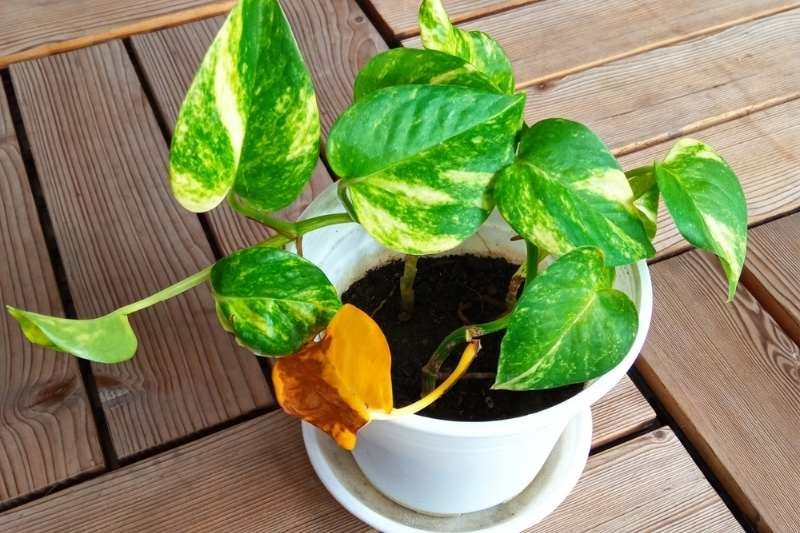Few things are more disheartening than watching your beloved houseplant’s lush green leaves fade into sickly yellow. While sometimes the culprit is obvious—letting you spring into action immediately—other times, the mystery lingers, demanding patient troubleshooting.
When you spot a fully yellowed leaf, snip it off with sterilized shears. This redirects the plant’s energy to healthier foliage. Chlorophyll—the pigment that keeps leaves green—can’t regenerate once lost. But take heart: a revived plant often sprouts fresh leaves when the next growing season arrives.
Gardening teaches patience. Methodically eliminate these eight common causes of yellowing, then observe. Below, we’ll explore how yellowing patterns hint at specific issues and how to nurse your plant back to vibrancy.
01: The Delicate Dance of Watering
Walking the tightrope between over- and underwatering is key. Potted plants rely entirely on your judgment—too much or too little, and leaves sound the alarm.
Press a finger into the soil. Does it crumble like stale bread, or squish like a soaked sponge?
Thirsty plants sacrifice leaves to conserve water, yellowing at the tips or developing brown freckles before dropping. If the soil’s bone-dry, establish a consistent watering rhythm.
Conversely, roots drowning in waterlogged soil gasp for oxygen. Without it, they rot, turning leaves yellow as the plant slowly suffocates.
02 The Inevitable Farewell of Aging Leaves
Like graying hair, yellowing lower leaves are nature’s way of marking time. As the plant grows upward, it sheds older foliage to focus energy on new growth.
No panic needed. If your plant starts resembling a lanky teenager, a strategic trim encourages bushier, happier growth.
03: The Sneaky Chill of Drafts
Tropical natives despise sudden chills. Drafts from windows or AC vents trigger yellow leaves that drop like confetti. Brief cold snaps leave worse scars—brown patches or ghostly translucent spots between veins.
Relocate your plant to a cozy, draft-free corner. If yellowing persists, misting recreates their beloved humid jungle air.
04: Light—The Silent Hunger
Plants starved of light cannibalize their lower leaves, yellowing the shaded side first. It’s a silent plea: “Turn me toward the sun!”
Rotate the pot weekly so each side basks equally. In dim homes, especially winter’s gloom, grow lights become a lifeline.
05: The Hidden Crisis of Nutrient Deficiency
Yellow leaves can whisper of malnutrition—hard water’s calcium overload or a nitrogen-starved diet. New growth may pale first, or veins stay dark while surrounding tissue yellows.
Each plant craves a unique nutrient cocktail. A soil test kit acts like a plant’s medical lab, pinpointing deficiencies with precision.
06: Viral Invaders—The Stealthy Saboteurs
Viruses announce themselves with chaotic yellow mosaics, twisted leaves, and discolored blooms. These microscopic marauders spread ruthlessly, often beyond cure.
Quarantine infected plants immediately. Inspect neighbors; sadly, some patients are beyond saving. Sterilize tools like a surgeon to protect healthy plants.
07: Tiny Vampires—Pests
Dry indoor air invites sap-sucking menaces—aphids and spider mites—that drain leaves, leaving yellow speckles in their wake. Fine webbing beneath leaves betrays their presence.
Fight back with insecticidal soap. A pebble tray or humidifier boosts humidity, deterring future invasions.
08: The Shock of a New Home
Repotting, even with care, stresses plants. Yellow leaves signal their adjustment period as roots explore unfamiliar soil. Even nursery-fresh plants may protest with dropped leaves.
Resist fertilizing until roots settle. For new plants, wait a week before repotting to ease the transition.

